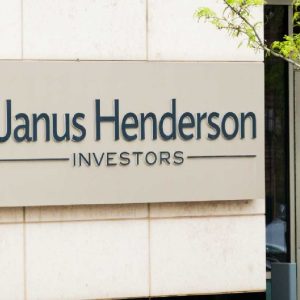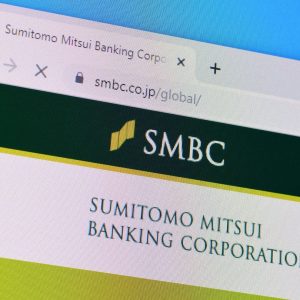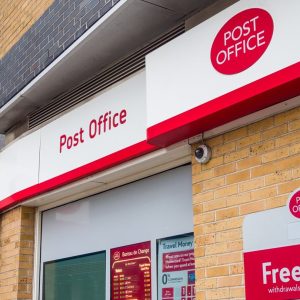As a consequence, the call by ING on the hybrid tier 1 instrument cannot go ahead on 31 December 2010.
Commission vice-president in charge of competition policy Joaquin Almunia said that the ING cannot repay its private hybrid capital holders until it has repaid the capital it received from the Dutch State in full. This is to ensure a fair distribution of the rescue burden in the first place.
On 16 November 2010, the Netherlands asked the Commission to allow ING to reimburse holders of Group Hybrid Tier 1 Instruments bearing an interest rate of 8.439% for a total of $1.5bn (approximately € 1.2bn). The first date for calling the hybrid instrument in question is 31 December 2010.
The Commission has rejected the request on the grounds that the ING restructuring plan, approved by the Commission in November 2009, foresees that the bank and its capital holders need to contribute an adequate own share to the cost of restructuring, along with the state support.
This requires, among others, that the state aid is paid back in full, before hybrid capital holders can be repaid.
ING received a €10bn capital injection from the Dutch State in October 2008, €5bn of which were reimbursed a year later.
Furthermore ING also received €12bn in liquidity guarantees under the Dutch liquidity guarantee scheme. The Dutch government, at the beginning of 2009, also provided ING with a back-up facility covering 80% of a portfolio of $39bn in illiquid assets.






